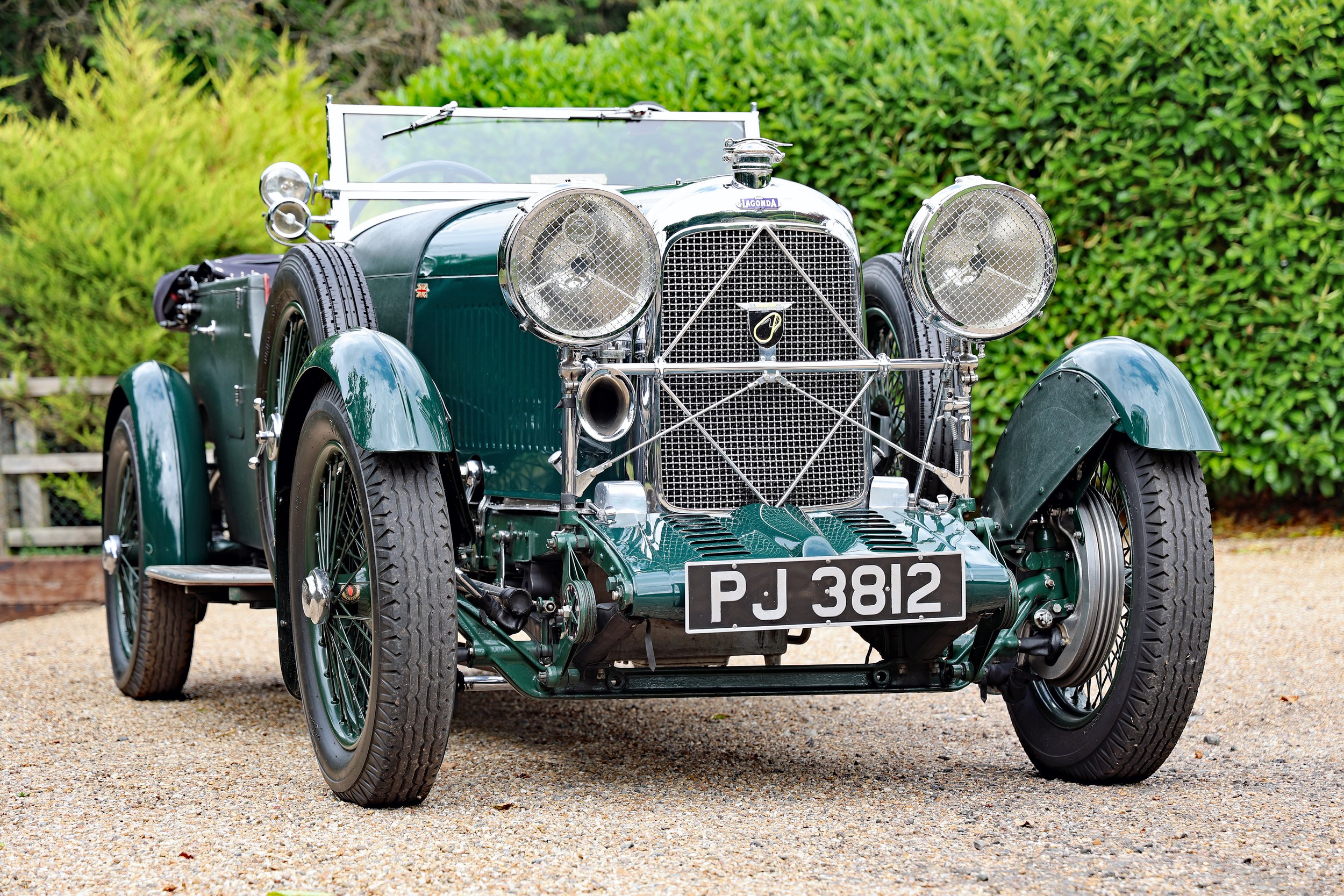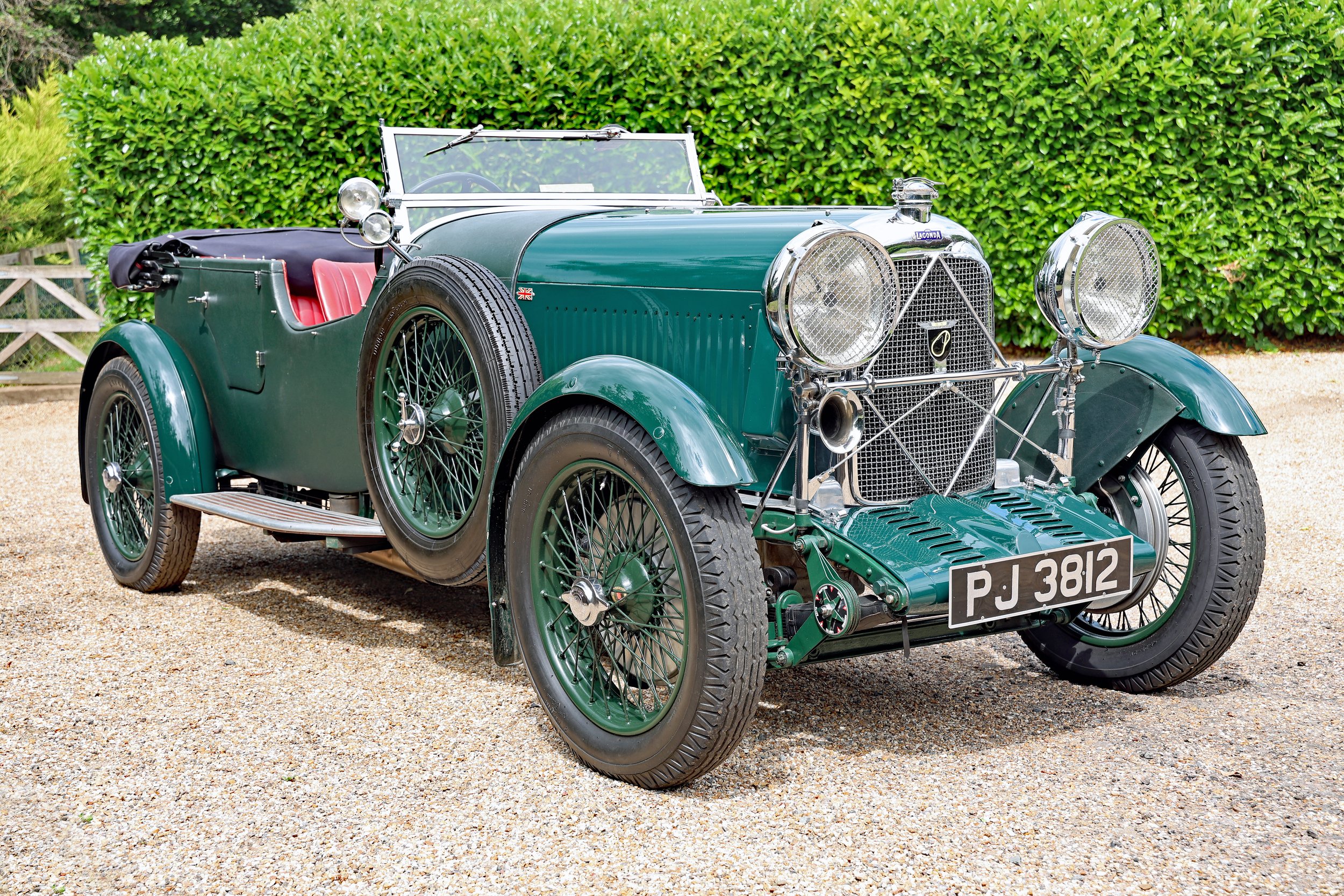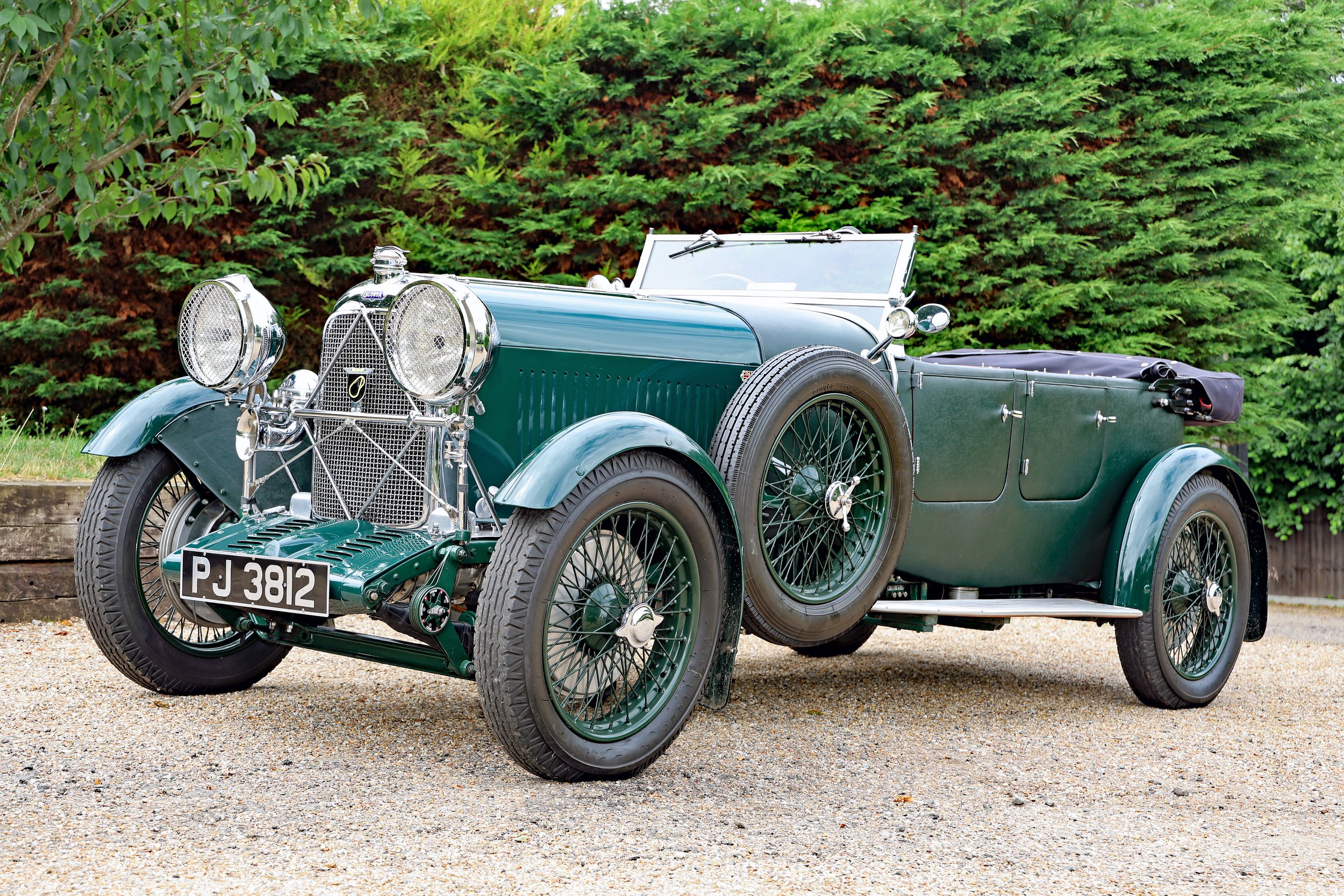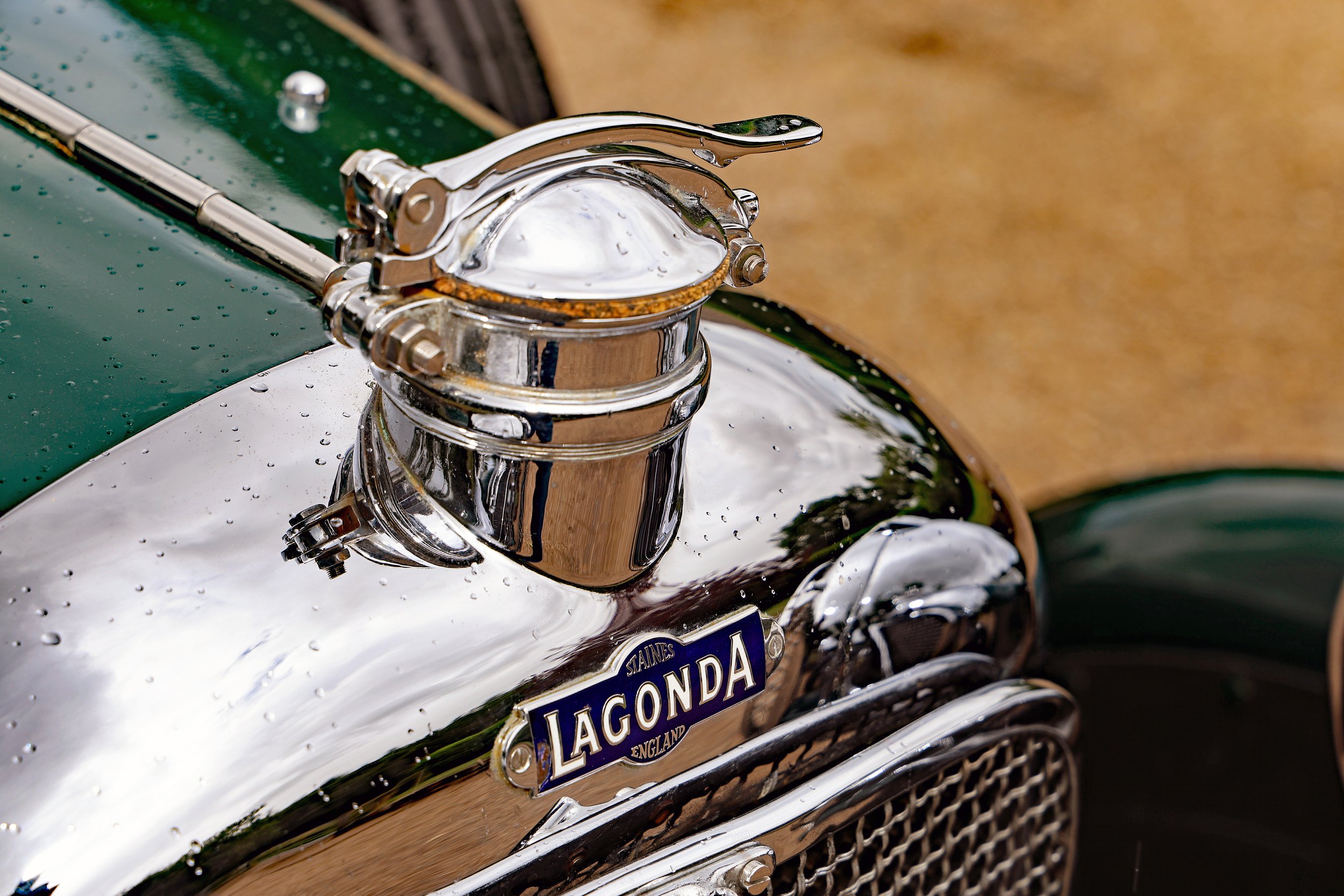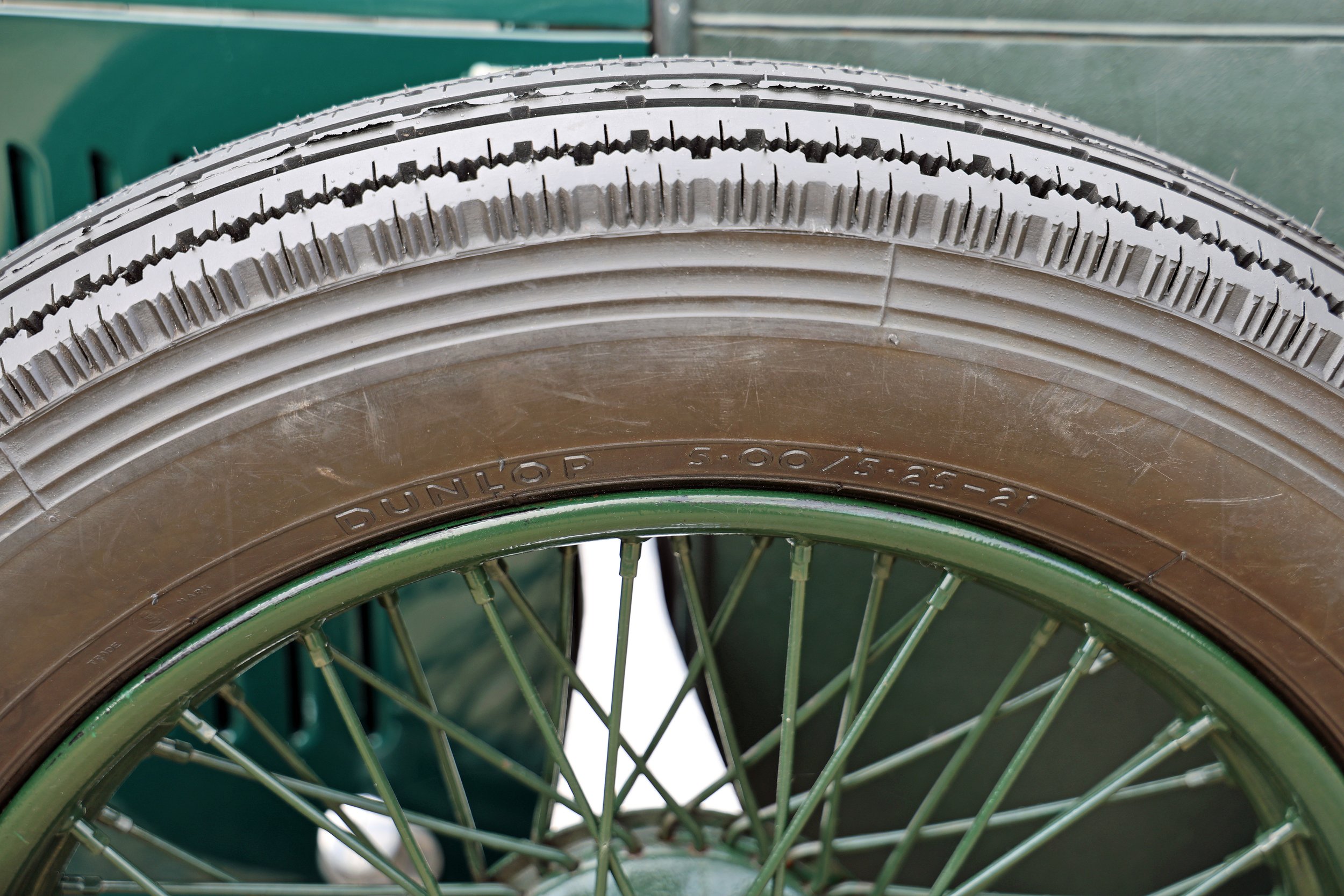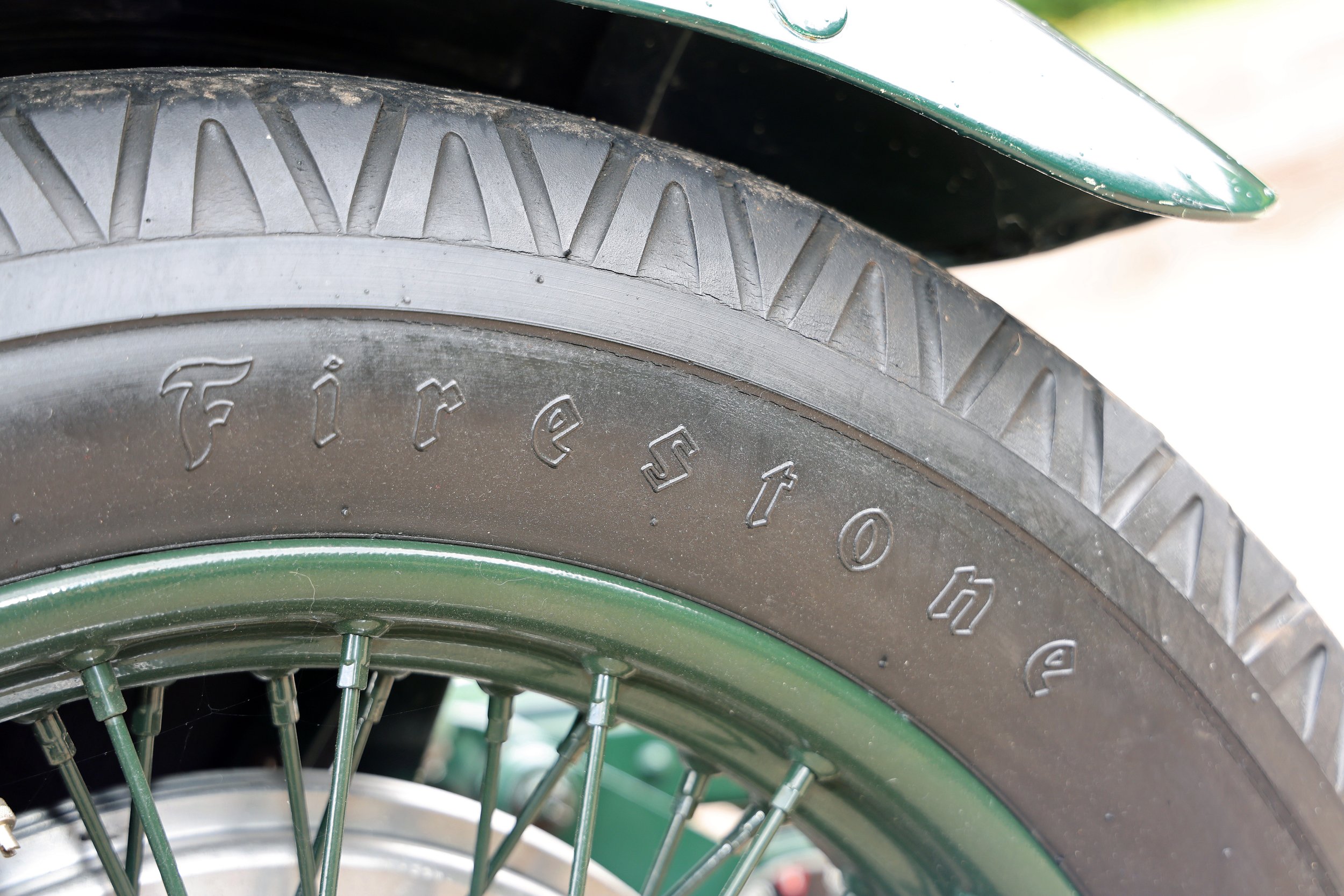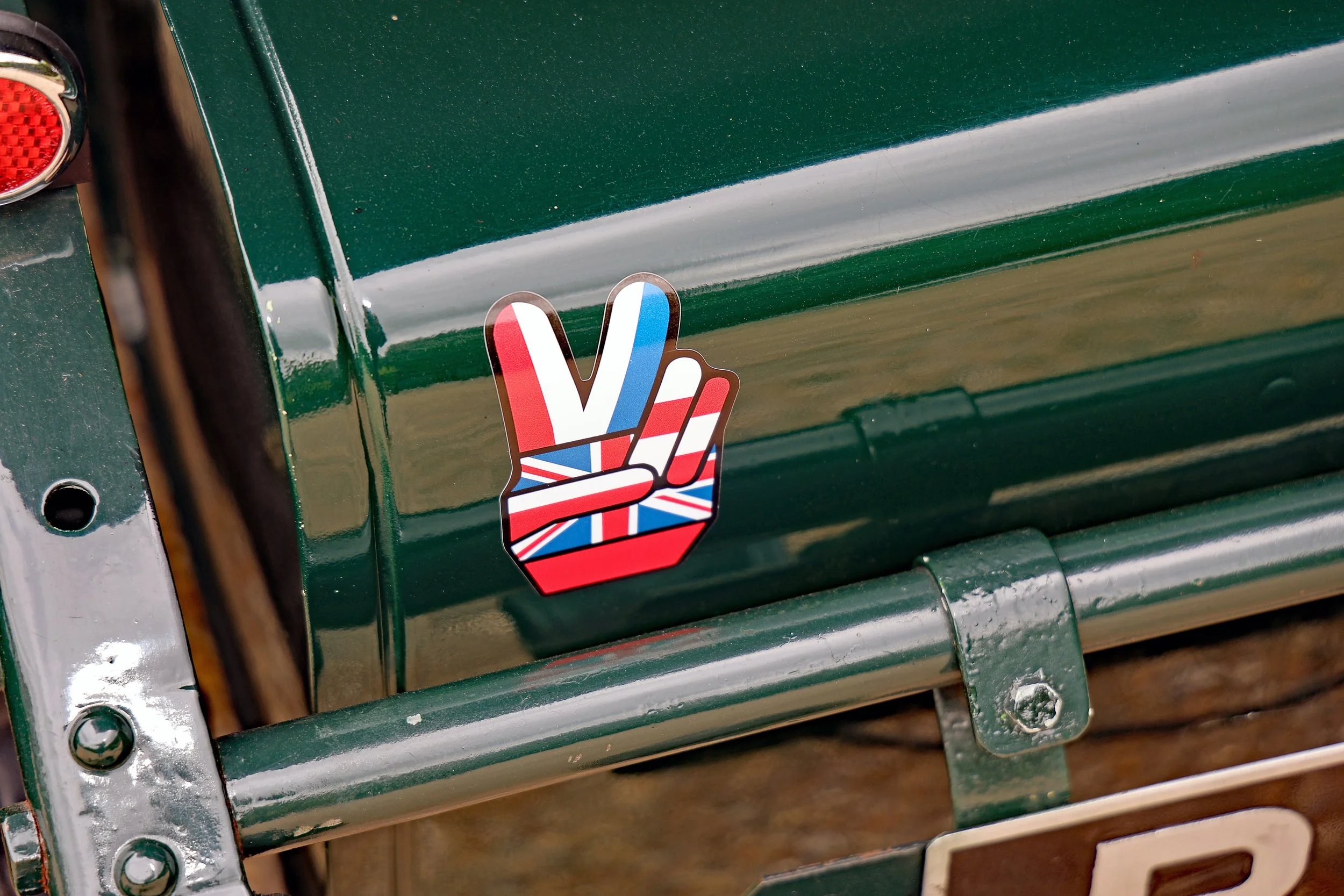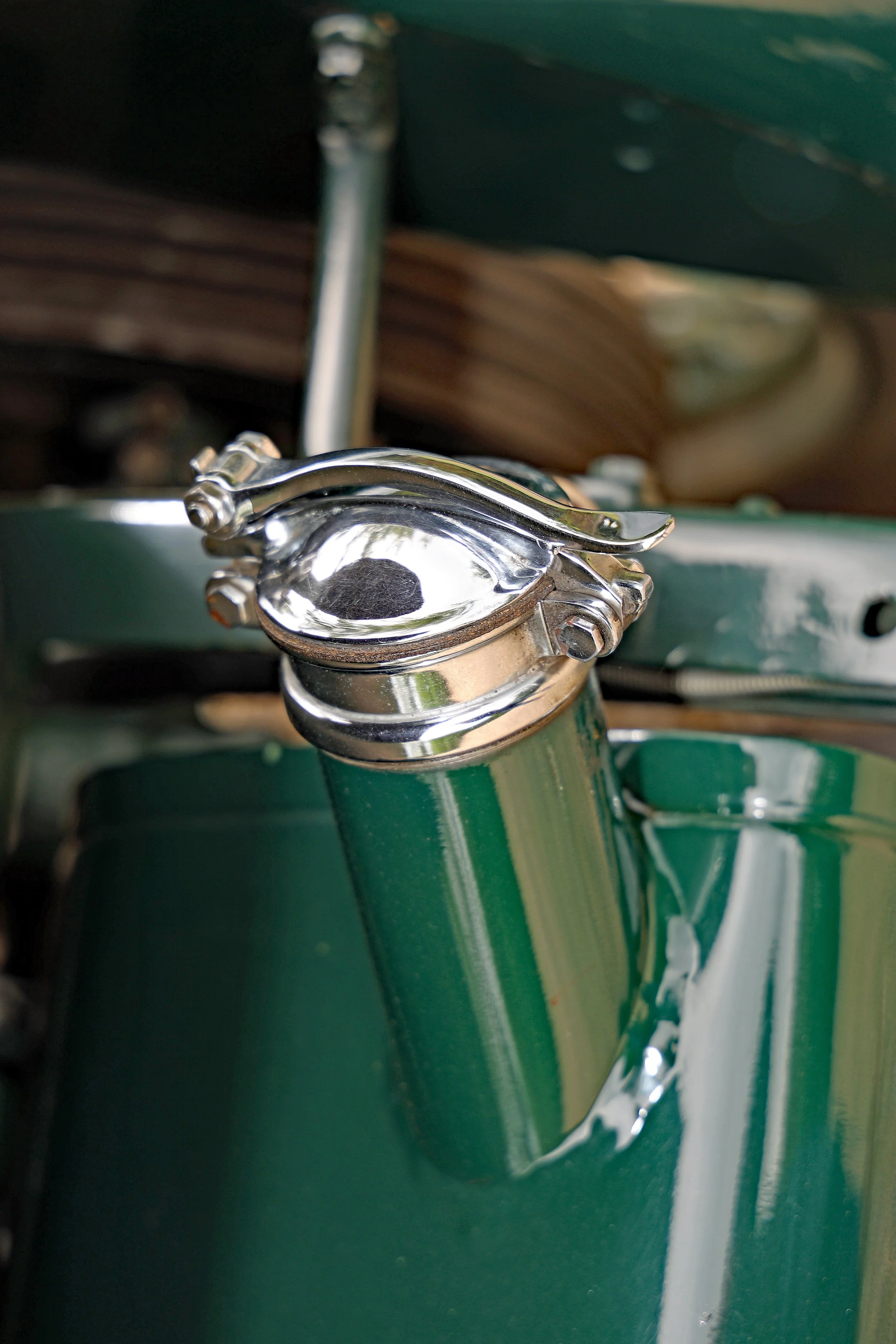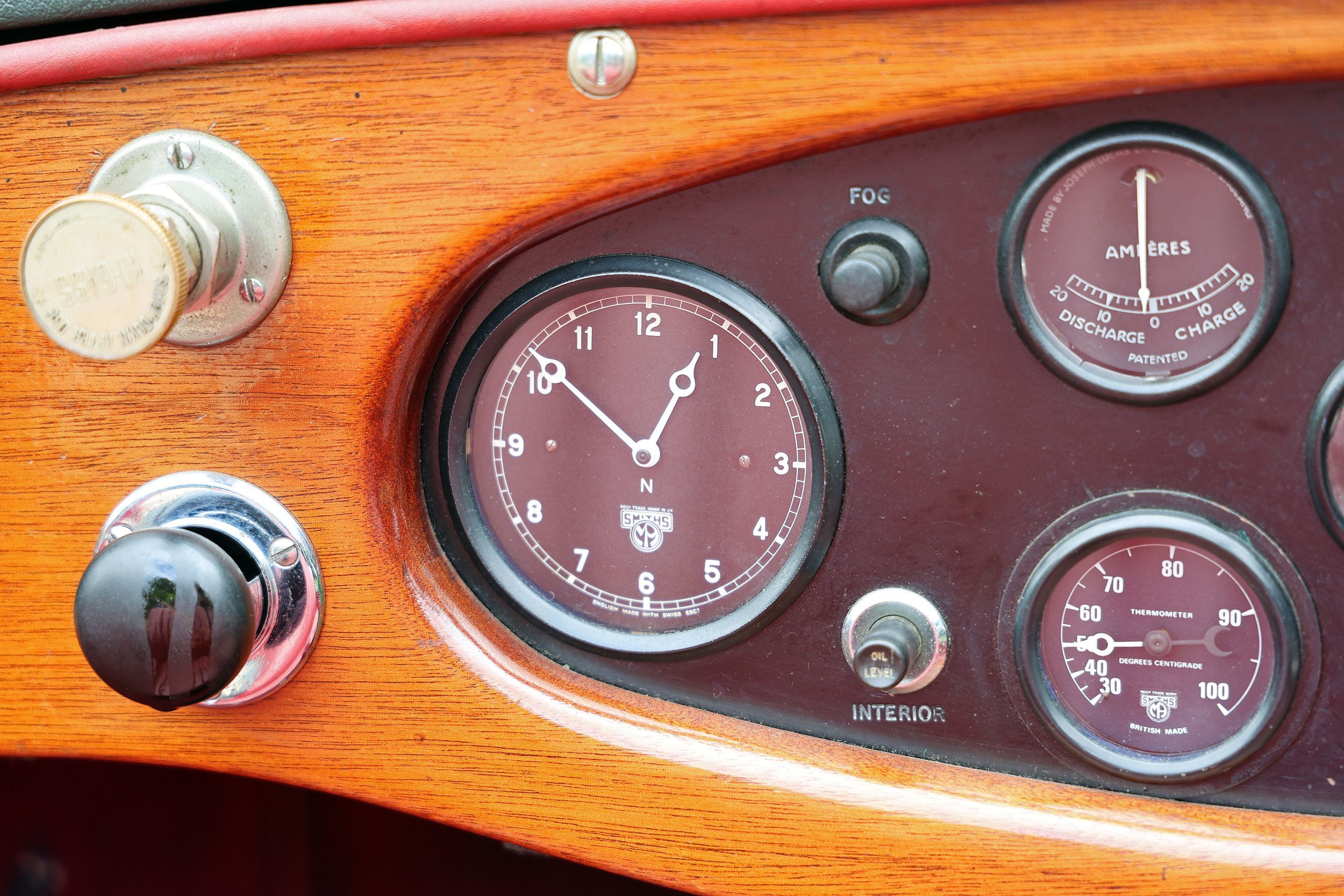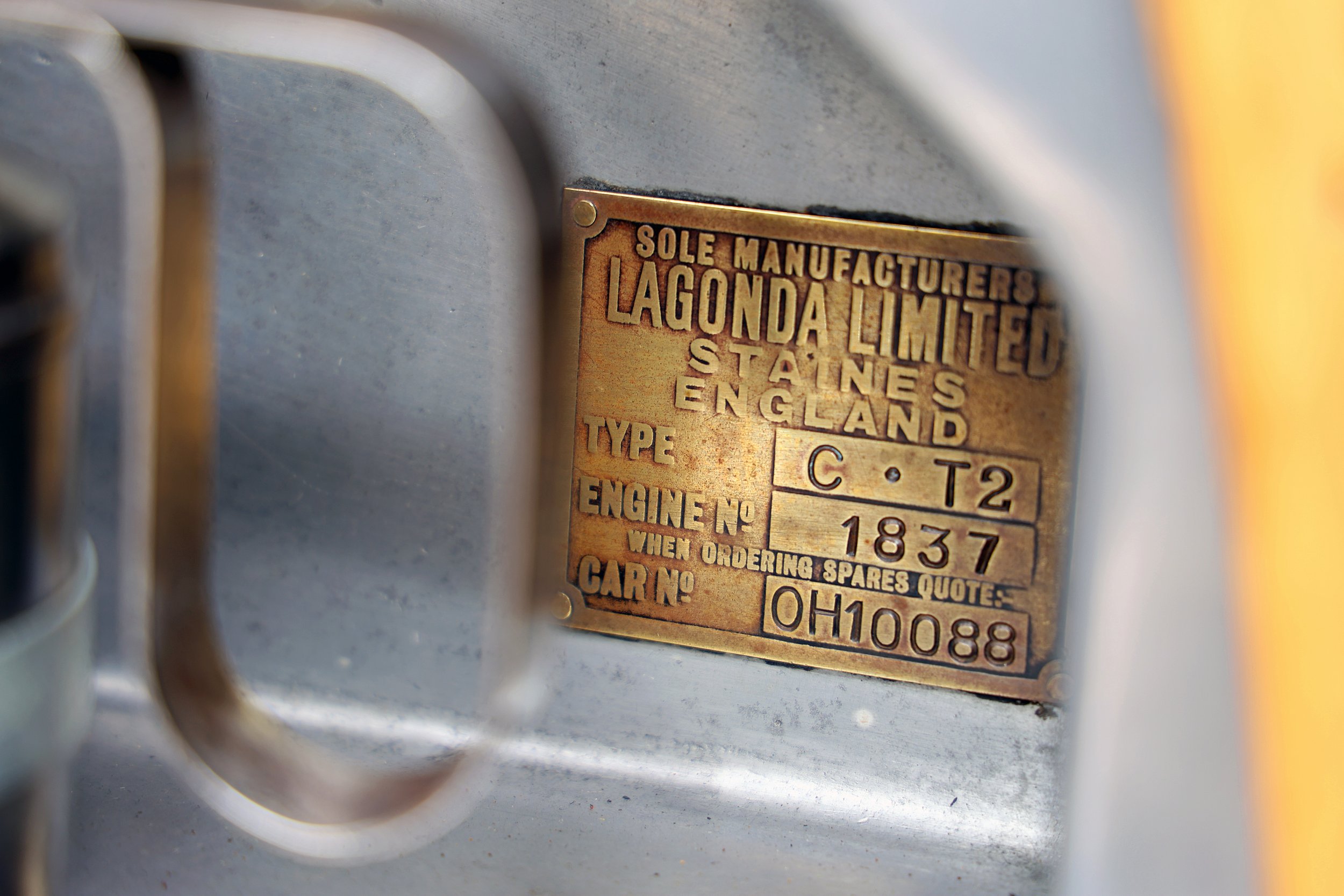1932 Lagonda 2-Litre Low Chassis Tourer with Cozette Supercharger
PRICE £……..
YEAR 1932
ENGINE 1954cc/4-cyl/OHV/SU Type HV5 carburettor/Cozette supercharger
POWER 70bhp plus
MAXIMUM SPEED 90mph
GEARBOX RWD, four-speed manual
MILEAGE 24,219 miles
MOT 12 months from sale
CHASSIS NUMBER 0H10088
ENGINE NUMBER 0H1837
COLOUR British Racing Green
INTERIOR Red leather
WIDTH 1727mm
LENGTH 4115mm
This handsome British tourer is in excellent condition throughout and offers the thrill of supercharged pre-war performance in what is practically a mini ‘Blower’ Bentley
Where would some of the world’s greatest fictional detectives have been without their ever-dependable but less brilliant sidekicks? Sherlock Holmes had Doctor Watson, Inspector Morse had Sergeant Lewis and Colombo… well, Colombo had his Basset Hound. And then there was Hercule Poirot. Agatha Christie’s eccentric Belgian sleuth had Captain Arthur J M Hastings OBE to help guide him some of the more idiosyncratic aspects of British high society during the 1920s and 1930s and to generally marvel at his continental friend’s exceptional little grey cells.
As a very traditional and rather old-fashioned English gentleman, albeit with a somewhat rakish air to him, Hastings needed a suitable carriage of distinction for transport. And in the hugely popular ITV television adaptations starring David Suchet and Hugh Fraser, which have come to so define everyone’s image of the duo, he got just that. While Christie never identified the car that Hastings drove, on-screen he had one of the best British gentleman’s expresses going outside of a ‘Blower’ Bentley, in the form of an early 1930s Lagonda 2-Litre Low Chassis Tourer. And it was a car that suited the Honourable ex-army captain very well indeed.
The 2-Litre was born out of the Lagonda 14/60, a sporting model introduced by the Staines-based firm in 1925. This featured a newly-designed 1954cc twin-camshaft overhead-valve engine giving around 60bhp. Two years later, the 2-Litre Speed model made its debut, looking much like a Bentley 3-Litre but on a smaller scale and at around half the price. It featured a tuned 70bhp engine and a lighter body, allowing it to reach 80mph. The chassis was modified to allow the engine to be mounted further back, facilitating a more stylish-looking longer bonnet. There was a further revamp in 1929 to create the even more good-looking Low Chassis variant, with cycle-type mudguards instead of the full length ones found on earlier incarnations. Lagonda wasn’t finished yet though; for in 1930 a supercharged option was offered. This raised the top speed to 90mph and also helped alleviate the chore of gear-changing in those pre-synchromesh days. A Cozette supercharger was the usual boost of choice, but units from other companies were also used. Production ceased in 1933, with around 1440 examples of all 14/60 derivatives produced.
Our 2-Litre Low Chassis Tourer with Cozette supercharger dates from 1932 and was registered in March that year. While some 2012 correspondence with the DVLA in the paperwork file makes reference to the car’s early history being lost, it’s believed that while it was built as a normally-aspirated 2-Litre, it was soon returned to Lagonda by its original owner (who owned it through to 1956) to be upgraded with a Cozette supercharger. In this form, it was raced both pre- and post-war, including finishing 15th in the 1939 RAC Rally as part of a works team entry. It was also, reputedly, a regular at Brooklands.
Fast forward some decades and, during the 1990s, the car received a major refurbishment and had its engine rebuilt by a marque specialist, its radiator overhauled and its instruments reconditioned – which included the odometer reset to zero. It now shows 24,219 miles; in 2005 the odometer was noted as recording around 9400 miles, accounted for by some trips to the continent including the Circuit des Ardennes. Since then, it has been dry-stored when not in use and professionally maintained.
This very handsome machine, finished in British Racing Green with red leather interior, is in extremely fine cosmetic order. The body is free from any damage, whether on the painted or fabric areas, and while the glossy BRG paint shows the occasional spot of very light weathering on areas like the mudguards, the general impression is of a thoroughbred classic that has obviously been very well-looked since its 1990s’ revamp. An indication of the attention to detail that has been lavished on the Lagonda can be found by the front wheels, with leather spats attached to the mudguards further protecting the nose from anything thrown up by the wheels. These items look almost as good as new, despite the punishment they must inevitably be subjected to whenever the Lagonda is driven. There are leather gaiters elsewhere on the suspension which are in just as nicely preserved.
The brightwork is shiny and free from any tarnishing, with the huge Lucas P100 headlamps protected by mesh guards. A Brooklands badge decorates the centre bar in front of the radiator as a reminder of the some of the Lagonda’s past exploits. Firestone 5.25-21 crossply tyres are fitted, while the two side-mounted spares are Dunlop items. There’s plenty of tread left on all of them. All the spokes are solid with no looseness.
Inside, there’s a nice welcoming light patina to the red hide, like much-loved armchairs. The carpets are holding up very well, as are the door cards, with the front nearside one an Art Deco-ish monogram. There is no driver’s side door, with the expansive steering wheel and right-mounted upright handbrake and gearlever making sliding over from the passenger side by far the easiest option for driver entry and exit. The wooden dash displays no cracking or water damage, with a full complement of clear and legible gauges (including one for the blower pressure) providing info on what is going on under that long bonnet.
Speaking of which, the engine looks in superb order and is practically an automotive work of art in its own right. Metal areas have been lovingly polished and there’s almost a complete absence of the dirt and grime normally associated with such environments. The bulkhead holds the original jack, an oil can and a set of spark plugs, while the Cozette vane-type supercharger dominates the front of the bay with the single SU carburettor bolted on. A nearby brass plaque gives instructions on the correct oil/petrol mixture to be used to properly lubricate the blower. The engine was specifically designed to be relatively simple to work on – Lagonda believing that the 1930s’ generation of gentleman driver might even have to service the car without the aid of a chauffeur – and so the firm prioritised ease of maintenance. Aspects included plenty of space around the engine, a cylinder head that was straightforward to remove, an oil drain that could be operated from a standing position and grease nipples with pipes arranged so that all greasing could be done from one place. This is just as much good news for the owner-driver of the 2020s as it was for those in the 1930s.
The Lagonda runs and drives well, albeit with the usual characteristics of its era such as a non-synchromesh ‘crash’ gearbox and cable/rod-operated brakes. While 90mph may have been a realistic proposition for the Lagonda in its heyday, such velocities were probably best reserved for Brooklands. As a nonagenarian, this 2-Litre deserves to live life a little more sedately as it heads towards its century. It’s certainly no slouch on the roads, and more capable in modern traffic than most 91-year-old vehicles, but its age does now demand some care and respect.
There’s a considerable amount of documentation accompanying the Lagonda, with recent big bills in the file including a service, plus other invoices stretching back further in the car’s life. The assorted MoT certificates date back to 1999 and there are also adverts and a history of the model as well as that of the Lagonda company, and period and more current photos of the car in use and at events, as well as its restoration, including some black and white images of the rather sorry state it was in prior to being rebuilt. The continuation buff logbook from 1958 is also present, alongside the current V5C, plus there’s a reproduction owner’s manual too.
This is a quite remarkable example of an inter-war sporting British thoroughbred. It’s in very good condition inside and out, and ready to use. If you’ve ever had a hankering to be a Bentley Boy but been dissuaded by the astronomical prices that vintage examples of the marque – especially Blowers – now command, then perhaps being a Lagonda Lad instead is a far more realistic proposition. And Captain Hastings would most definitely have approved…
While Greenside Cars Ltd has tried to ensure information and assessments are accurate and complete, we are aware that some errors and omissions may occur from time to time. We are not able, therefore, to guarantee the accuracy of information and cannot accept liability for loss or damage arising from it. We highly recommend that you examine any vehicle to check the reliability of the information supplied. Please contact us for further details, images, or to arrange a viewing of this 1932 Lagonda 2-Litre Low-Chassis Tourer with Cozette Supercharger.
